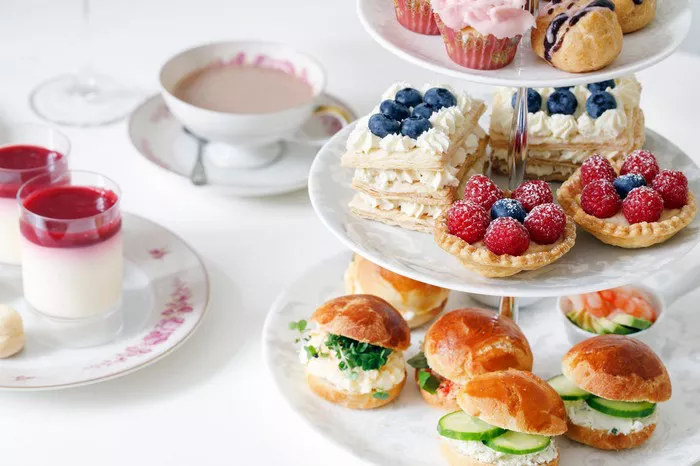In the vibrant city of New York, it often feels as though cherished local eateries are vanishing into thin air, their unique character fading away with their fixtures and furnishings. Before long, a spirited bistro or a stylish all-day café takes their place, aspiring to carve out a beloved niche for itself over time, much like its predecessors. As locals meander through their neighborhoods or glimpse familiar corners from the back seat of a taxi, they may wistfully reminisce about the past, pointing to once-beloved establishments: “That was Florent, that was China Chalet, that was Sorella, that was Lutèce.” The city, it seems, is a repository of culinary memories, where even a simple stroll down the street can evoke a sense of nostalgia.
Cecchi’s, a recently opened restaurant in the West Village, occupies an address steeped in history and, even by New York City standards, imbued with ghosts of the past. The previous occupant, Café Loup, was a genuine haven for writers—a gathering place for the city’s intellectual and artistic luminaries. Over its forty-year history, Café Loup played host to luminaries like Seymour Britchky, Susan Sontag, Christopher Hitchens, and countless other literary figures. When the restaurant shuttered its doors for the final time in 2019, amid reports of unpaid taxes exceeding half a million dollars, it marked the end of an era for a certain bohemian lifestyle in the city.
It is undeniably unfair to assess a restaurant in the shadow of its illustrious predecessor. Had the new occupant of the Café Loup space chosen to become a white-tiled taqueria teeming with succulent delights or a plush whiskey bar boasting a million-dollar sound system, the identity of its predecessor would likely be relegated to a mere footnote. However, Cecchi’s, helmed by Michael Cecchi-Azzolina, a seasoned maître d’ embarking on his maiden voyage as a solo restaurateur, seems to invite the comparison.
An initial visit to Café Loup may have felt underwhelming to the uninitiated. The restaurant exuded an unpretentious charm, its décor leaning towards the kitschy side; its elegance was derived from the eclectic mix of patrons rather than any deliberate design. In stark contrast, Cecchi-Azzolina has painstakingly transformed the space into a Hollywood-inspired haven for literary gatherings. The familiar cane-backed Café Loup chairs remain, and the vintage cash register proudly reigns supreme at the bar’s center stage. However, the revamped Cecchi’s now boasts ambient lighting akin to molten honey, sinuous banquettes that encourage table-hopping, and walls adorned with whimsical murals depicting bon vivants immersed in moments of lust and merriment. Nothing quite telegraphs “This is a hallowed literary haunt” like a collection of playful murals—just ask Bemelmans, Monkey Bar, or the late Café des Artistes.
Yet, even as Cecchi’s boldly steps into the limelight, it does so under the weight of expectations generated by Café Loup’s legendary status. The eternal question lingers: Can Cecchi’s match the legacy of its storied predecessor? Will it manage to strike the delicate balance between exquisite cuisine and impeccable service, defining its own unique identity and securing its place as a cherished establishment in the city’s rich tapestry of dining experiences? As patrons and critics alike eagerly await the answers, Cecchi’s embarks on a journey to carve out its own chapter in the ever-evolving narrative of New York’s culinary landscape.






















